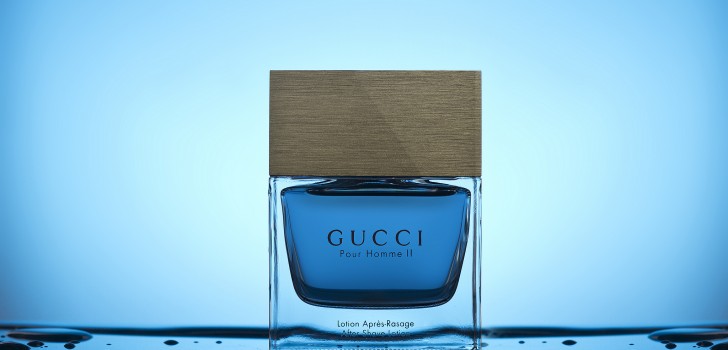A once struggling Gucci reported a 4.6 percent uptick in sales during the first quarter of 2015 after a 7.9 percent decline at the beginning of the year thanks to the fashion trend of men dressing like women. While this trend, known as androgyny, has happened many times in human history Gucci has leveraged it for a 21st century corporate rebound.
“The concept of androgyny comes up from time to time in fashion,” New York University Director of Costume Studies Nancy Deihl said. “In modern fashion history, two of the most notable examples are in the 1920s and in the late 1960s into the 1970s.” She said the shift occurs during times when young people’s influence on economy and culture follow societal breakdown, such as the end of the first world war.
The trend’s recent success comes at a time when LGBT issues are central in both young and old culture. Transgender individuals have long been dressing to suit their preferences, but a largely accepted modern fashion debut could make owning those preferences easier.
Men’s clothing on Gucci runways, for instance, are not only modeled by men. Men and women with similar body builds and facial features – the ultra-thin, high cheekboned, nearly non-existent types – fill runways with undersized clothing, oversized bows and flowing printed slacks.
Disigner Charles Hiribson, known for his role in the recurring trend, said the trend attracts all kinds of audiences.
“Gender play on the runway doesn’t just attract a customer who wants an androgynous look, but also a consumer who likes smart clothing with a forward-thinking story,” he said.
For LGBT youth struggling with acceptance in a time when culture’s tide is beginning to turn in their favor, the fashion industry’s high five could be just the breakthrough they need to feel less ostracized, thanks in part to limitless imaginations of designers like Rick Owens and J.W. Anderson.
Now, department stores are experimenting with the unisex fashion trend.Selfridges’ Agender Project showcased gender neutral clothing lines like Nicopanda and Gareth Pugh, but halted the project in April.
As much as designers like Harbison try to offer men and women clothing styles that don’t limit their shopping experiences to gender-specific sections, fit is a constant challenge. Other designers, however, look to comfort in loose-fitting clothing to close the fit gap.
As celebrities grasp androgyny on a larger scale, acceptance of gender neutral stitches trickles down to fans, namely young fans who feel freedom to dress to taste.
“The Kanyes, Pharrells, Jared Letos, and one of my favorites, Lapo Elkanns of the world are gents I love seeing push androgynous boundaries,” stylist Rachel Johnson said.
The trend is expected to grow in the next couple of years, according to Tom Kalenderian of Barneys New York.
“Clients are receptive. Ultimately, it is more about beautiful clothes that are rare and special. It is more of a sidebar note that these clothes are stylistically less rigid than what we perceive to conform to a definition of masculine vs. feminine,” he said.
Perhaps the modern shift to gender neutral outfitting will take unnecessary pressure off people who simply identify with a style typically intended for a specific gender and allow them the freedom to browse the racks without fear of stereotype.
Stay Connected